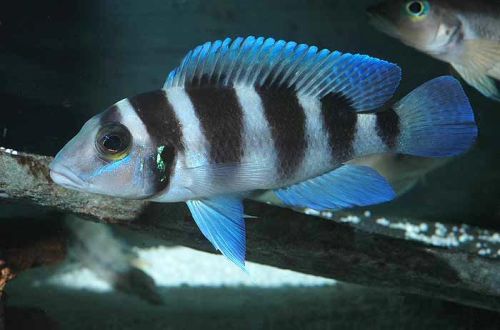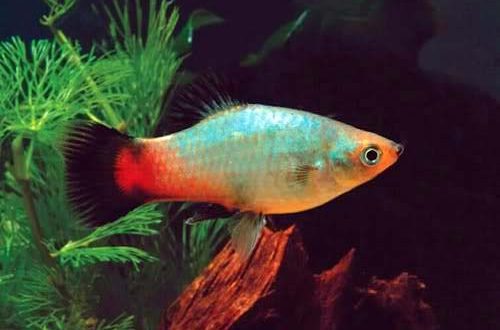
Golets-kranos
The cranos charr, scientific name Lepidocephalichthys kranos, belongs to the family Cobitidae (Loachers). The word kranos is translated from Greek as “helmet”, referring to the protective bone plates on the head of this fish.

Contents
Habitat
It comes from Southeast Asia from the basins of the Chao Phraya and Mekong rivers, flowing mainly through the territory of Thailand. Most often found in shallow rivers, backwaters, swamps, as well as in rice fields. A typical biotope is a turbid reservoir, the silty bottom of which is covered with a layer of fallen plants, leaves, and branches. The water level is not stable and during the dry season, water bodies can dry out a lot, turning into dirty puddles.
Brief information:
- The volume of the aquarium – from 50 liters.
- Temperature – 23-26°C
- Value pH — 5.5–7.5
- Water hardness – soft (1-15 dGH)
- Substrate type – sandy
- Lighting – subdued
- Brackish water – no
- Water movement is weak
- The size of the fish is about 5 cm.
- Nutrition – protein-rich food, sinking
- Temperament – peaceful
- Content in a group of 3-4 individuals
Description
Adult individuals reach a length of about 4 cm. The body is elongated, slender. The head, as mentioned above, is covered with bone plates. The fins are short. The coloring consists of a combination of a brown mosaic pattern on a dark yellow background.
Food
Fish sift through a portion of the soil with their mouths in search of small invertebrates in it, plant particles, algae. In a home aquarium, they feed in a similar way, so soft sandy substrates should be used. The basis of the diet will be dry flakes, granules, tablets and other foods containing protein and vegetable components.
Maintenance and care, arrangement of the aquarium
The optimal size of the aquarium for a group of 3-4 fish starts from 50-60 liters. The key design element is fine-grained soil. The rest of the decor is selected at the discretion of the aquarist. It is advisable to provide several places for shelters. Intertwined snags, a layer of large leaves of some trees and any other natural or artificial decor can serve as the latter.
Kranos char is a hardy and unpretentious species. Given the characteristics of the natural habitat, the requirements for water quality are not as high as for other fish. However, regular maintenance of the aquarium should not be neglected. In particular, part of the water should be replaced weekly with fresh water, while removing accumulated organic waste (feed leftovers, excrement).
Behavior and Compatibility
Peaceful friendly fish. It gets along well with relatives and other species of comparable size and temperament.
Breeding / breeding
At the time of writing, no successful breeding of Kranos charrs in home aquaria has been recorded.
Fish diseases
In a favorable environment, cases of the disease are rare. The main cause of most diseases is the deterioration of external conditions, poor-quality food, attacks from neighbors in the aquarium, so the appearance of signs of illness can be a signal that there are problems in the content. Usually, the elimination of the causes contributes to self-healing, but if the body of the fish has suffered too much, then medical treatment will be required. Read more about symptoms and treatments in the Aquarium Fish Diseases section.





